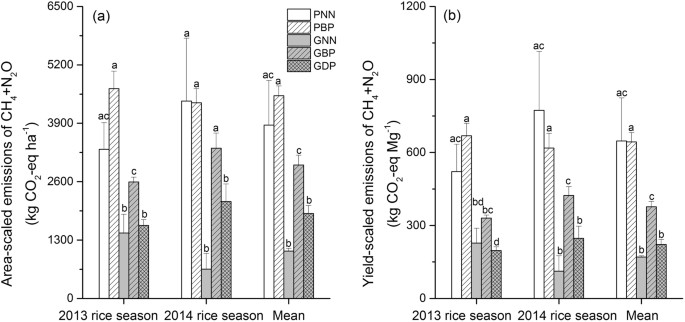Colorado Drivers License Previous Type N Thermocouple

What is previous type n on your colorado drivers license resrction? Understanding colorado drivers license previous type. Welcome to Your Colorado Drivers License Resource Center: Forms, Requirements, Info and Everything you Need can be Found Here. Welcome to coloradodriverslicenses.org. Types of Driver’s Licenses.

In the United States of America, are issued by each individual,, and the rather than by the federal government because of the concept of. Drivers are normally required to obtain a license from their state of residence and all states recognize each other's licenses for temporary visitors subject to normal age requirements. A state may also suspend an individual's driving privilege within its borders for traffic violations. Many states share a common system of license classes, with some exceptions, e.g. Commercial license classes are standardized by federal regulation.
Contents • • • • • • • • • • • • • • • • • History [ ] As the number of motor vehicles reached tens of thousands, state and local governments assumed a new power: authorizing vehicles and drivers. In 1901, New York became the first state to register automobiles; by 1918 all states required license plates. States were slower to require licenses for drivers. Only 39 states issued them by 1935 and few required a test, despite widespread concern about incompetent drivers. Early motorists were taught to drive by automobile salesmen, family and friends, or organizations like the YMCA. By the 1930s, many high schools offered driver education.
Standard and special licenses [ ] • Unrestricted Licenses are driver's licenses that most American drivers have in order to drive. Various states differ on what class they utilize to distinguish between a typical driver's license and special licenses, such as restricted, chauffeur, or motorcycle licenses. For instance, designates Class D as a regular driver's license, while Class M is a motorcycle license and Class H is a hardship license (see below). • Hardship licenses for minors are driver's licenses that are restricted to drivers between 14 and 15 (sometimes up to 18) years old who need to drive to and from home and school due to serious hardships, e.g. The driver's family has financial or medical problems; the driver needs to get to work or school and has no other practical way of getting to work or school. A hardship license for minors is distinct from hardship licenses granted for drivers with revoked or suspended licenses.
The table below includes that provide hardship licenses for minors. • Provisional Licenses are functionally the same as a driver's license, but are typically issued to new drivers under the age of 18, i.e. 14–17 years old. Almost all states, with the exception of, have some form of a graduated licensing provision; however, the actual restrictions and the length of time a new driver must adhere to them vary widely by state.
Restrictions frequently include: • A curfew, after which night driving is not permitted (unless 18 years of age, or if the individual has completed an online course) without an adult present (typically 11 p.m., like, or 1 a.m., like ). However, some states (e.g. North Carolina) have curfews as early as 9 p.m. Some states such as provide exceptions for special situations, such as driving home from work or school functions, picking up family members, or for medical appointments, while others such as do not. • Restrictions on the number of passengers under a specific age present in the vehicle.
For example, in, minors may not transport people under age 20 for the first 365 days of licensure unless said passengers are family members (brother, sister, cousin, niece, nephew, or anyone who is 21 or had their license for 1 year or longer etc.). Anatomia Cromodinamica Pdf Gratis here. • Chauffeur Licenses are functionally the same as a passenger car license, but also allow the holder to drive a taxi, limo, or other livery. Livery licensing in the United States is somewhat complicated.